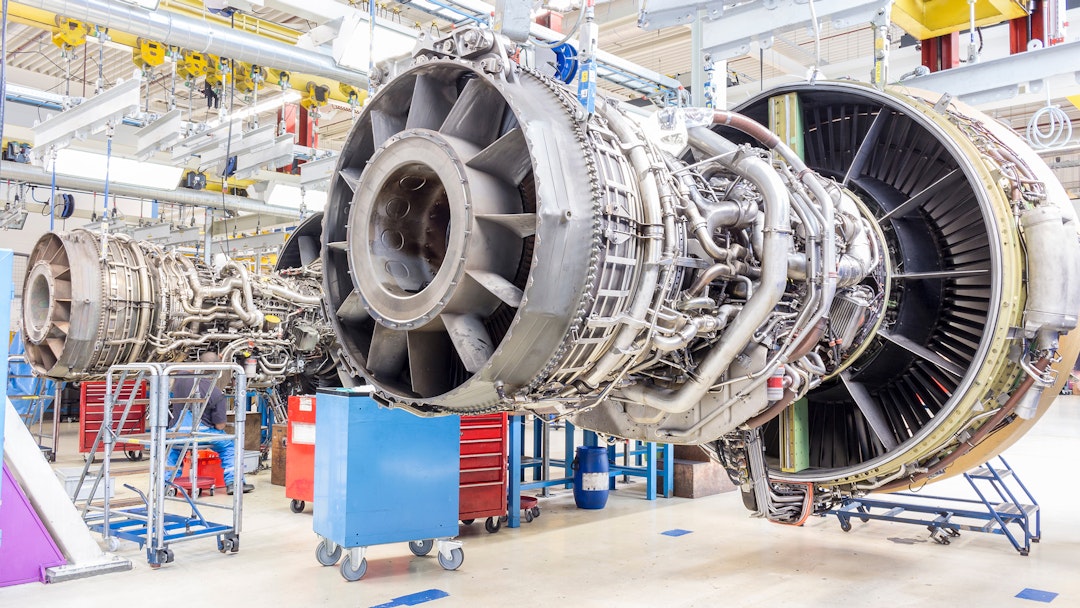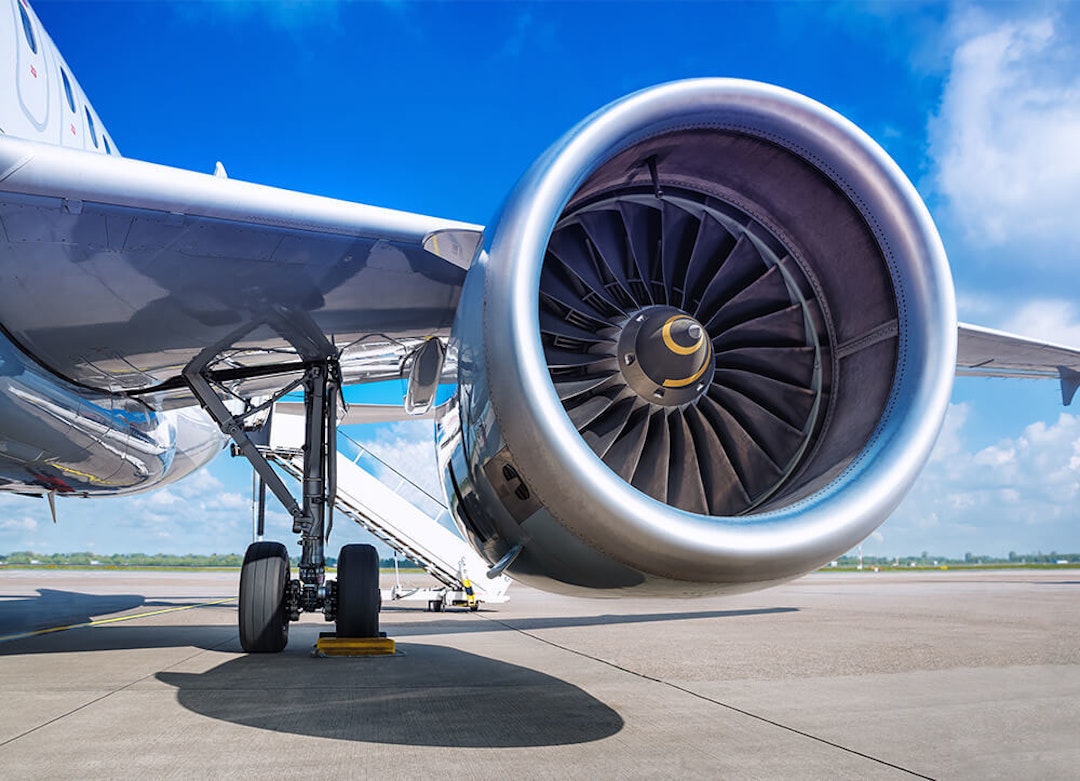Righton Blackburns Aerospace & Defence stockholds and distributes aerospace and speciality alloys to the UK and worldwide markets. We operate from four AS 9100 REV D and AS 9120 REV B licensed sites in Plymouth, Portsmouth, Bristol & Manchester.
We are dedicated to offering our customers the complete supply package an approach that has consistently proven to reduce total acquisition costs and always with emphasis on:
- Exceptional levels of quality and OTIF
- Relationship and partnership
- Technical knowledge
- Value added methods of supply
- Supply chain management and integration at all levels
Grades
Your search did not match any items. Please ensure all words are spelled correctly or try different / more general keywords.






